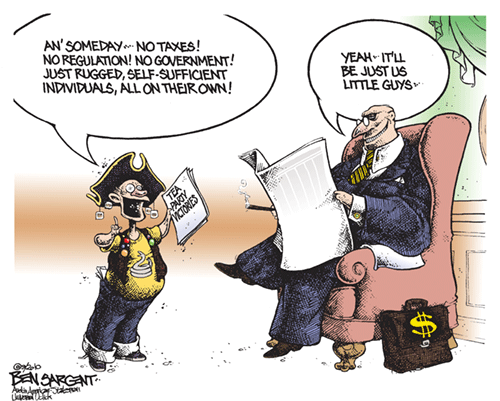(W)e tracked down the solar panels that once had graced the White House roof, way back in the 1970s under Jimmy Carter. After Ronald Reagan took them down, they’d spent the last few decades on the cafeteria roof at Unity College in rural Maine. That college’s president, Mitch Thomashow, immediately offered us a panel to take back to the White House. Better still, he encouraged three of his students to accompany the panel, not to mention allowing the college’s sustainability coordinators to help manage the trip.
…
It couldn’t have been more fun. Wherever we could, we’d fire up the panel, pour a gallon of water in the top, point it toward the sun, and eight or nine minutes later you’d have steaming hot water coming out the bottom. Thirty-one years old and it worked like a charm — a vexing reminder that we’ve known how to do this stuff for decades. We just haven’t done it.
…
There was just one nagging concern as we headed south. We still hadn’t heard anything conclusive from the White House. We’d asked them — for two months — if they’d accept the old panel as a historical relic returned home, and if they’d commit to installing new ones soon. We’d even found a company, Sungevity, that was eager to provide them free. Indeed, as word of our trip spread, other solar companies kept making the same offer. Still, the White House never really responded, not until Thursday evening around six p.m. when they suddenly agreed to a meeting at nine the next morning.
…
Now, let me say that I already knew Jean Altomare, Amanda Nelson, and Jamie Nemecek were special, but my guess is the bureaucrats hadn’t figured that out. Unity is out in the woods, and these kids were majoring in things like wildlife conservation. They’d never had an encounter like this. It stood to reason that they’d be cowed. But they weren’t.
One after another, respectfully but firmly, they asked a series of tough questions, and refused to be filibustered by yet another stream of administration-enhancing data. Here’s what they wanted to know: if the administration was serious about spreading the word on renewable energy, why wouldn’t it do the obvious thing and put solar panels on the White House? When the administrators proudly proffered a clipping from some interior page of the Washington Post about their “greening the government initiative,” Amanda calmly pointed out that none of her neighbors read the Post, and that, by contrast, the solar panels had made it onto David Letterman.
To their queries, the bureaucrats refused to provide any answer. At all. One kept smiling in an odd way and saying, “If reporters call and ask us, we will provide our rationale,” but whatever it was, they wouldn’t provide it to us.
It was all a little odd, to say the least. They refused to accept the Carter panel as a historic relic, or even to pose for a picture with the students and the petition they’d brought with them. Asked to do something easy and symbolic to rekindle a little of the joy that had turned out so many of us as volunteers for Obama in 2008, they point blank said no. In a less than overwhelming gesture, they did, however, pass out Xeroxed copies of a 2009 memorandum from Vice President Biden about federal energy policy.
I can tell you exactly what it felt like, because those three students were brave and walked out graciously, heads high, and kept their tears back until we got to the sidewalk. And then they didn’t keep them back, because it’s a tough thing to learn for the first time how politics can work.
If you want to know about the much-discussed enthusiasm gap between Democratic and Republican bases, in other words, this was it in action. As Jean Altomare told the New York Times, “We went in without any doubt about the importance of this. They handed us a pamphlet.” And Amanda Nelson added, “I didn’t expect I’d get to shake President Obama’s hand, but it was really shocking to me to find out that they really didn’t seem to care.”



Recent Comments